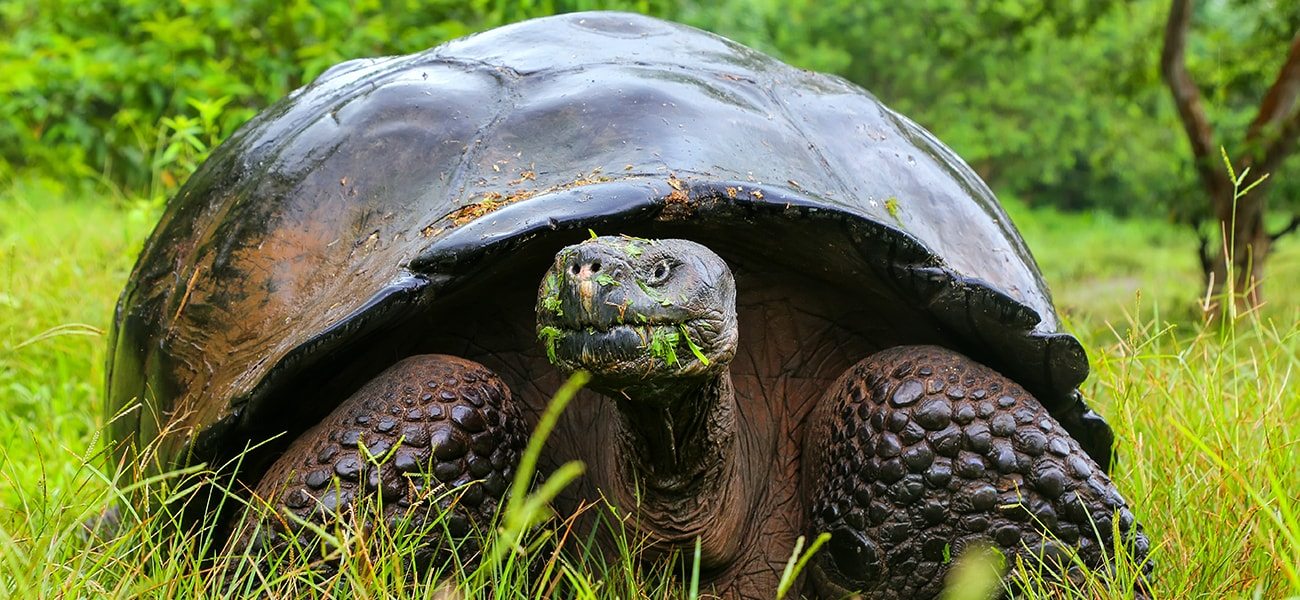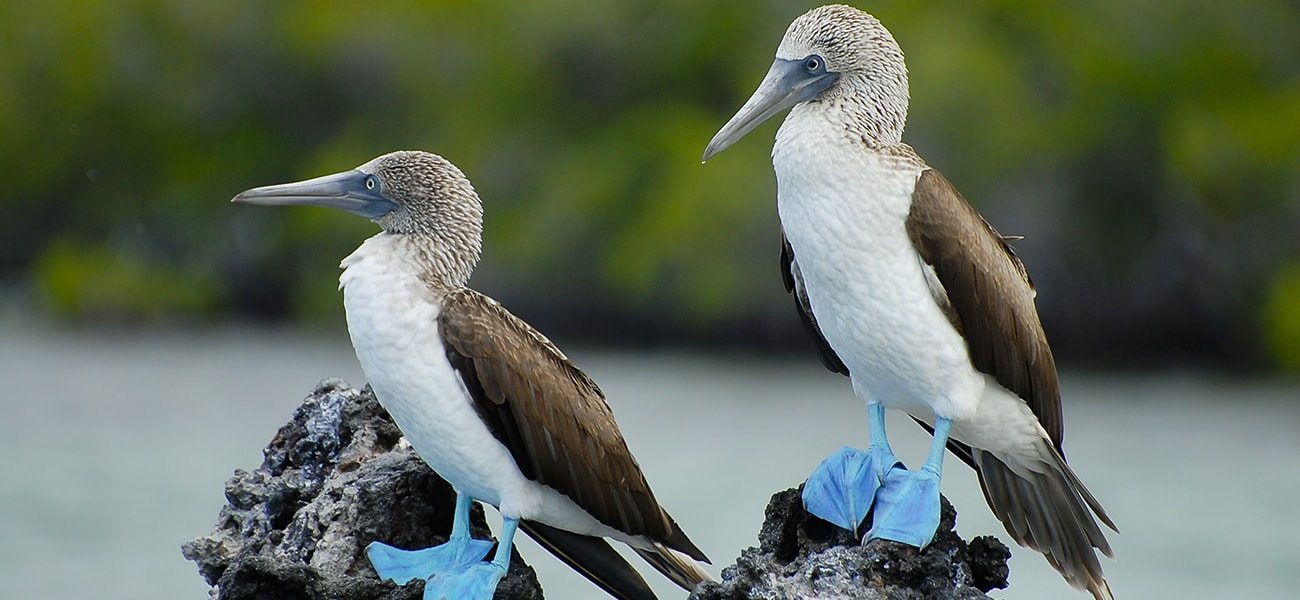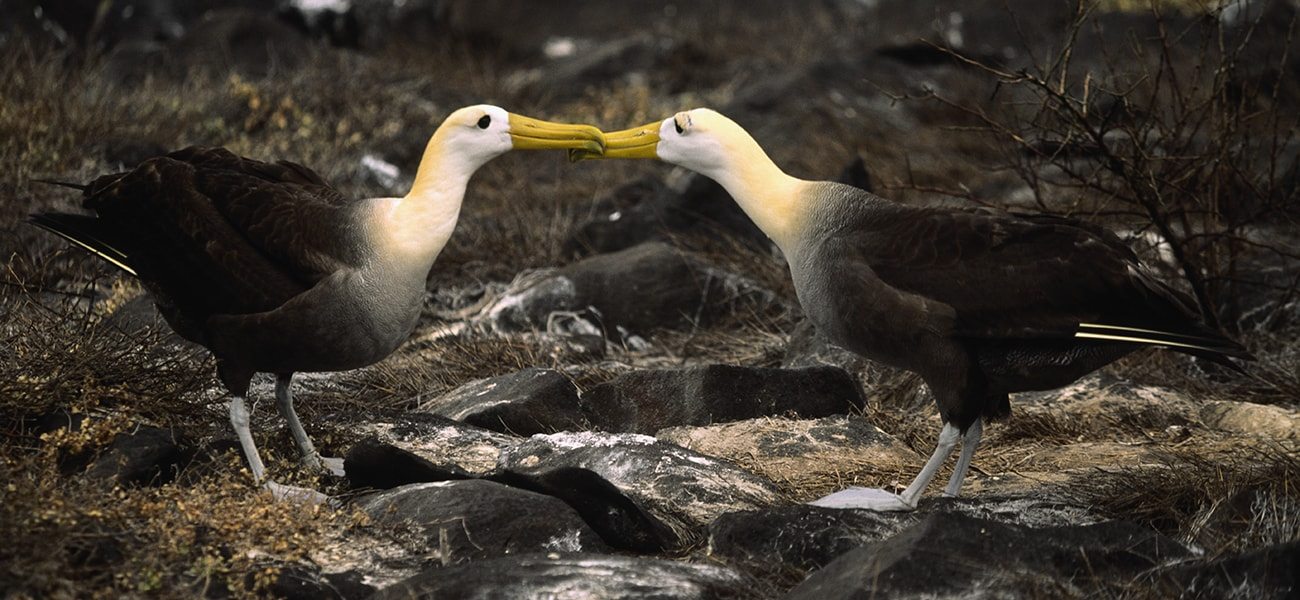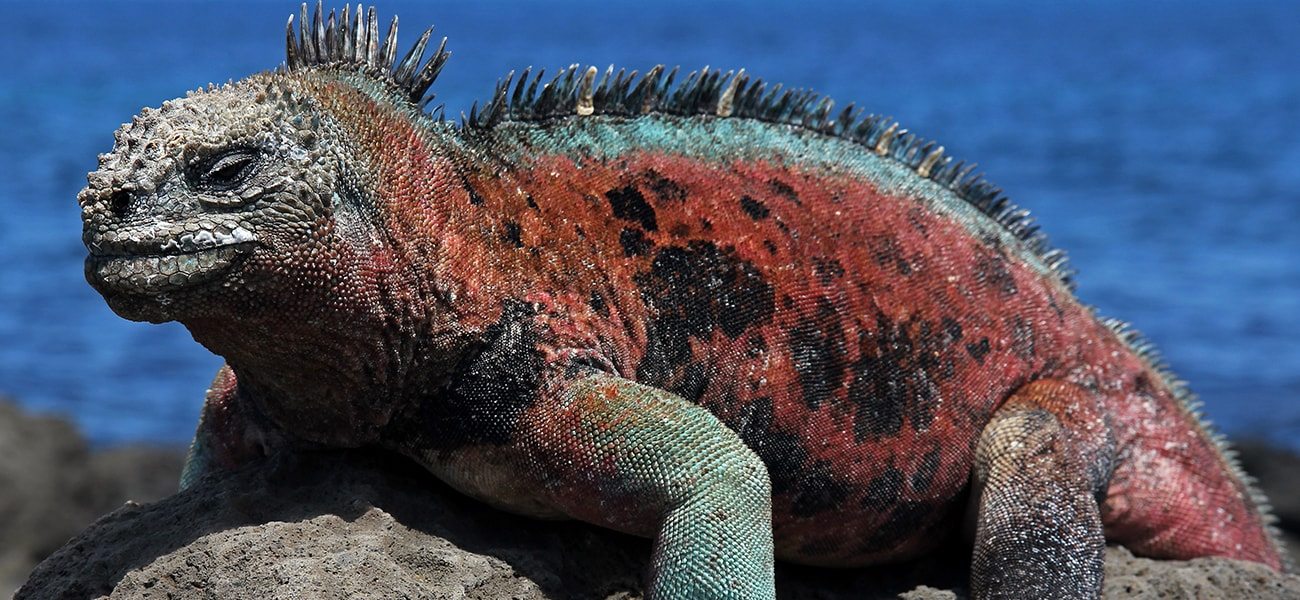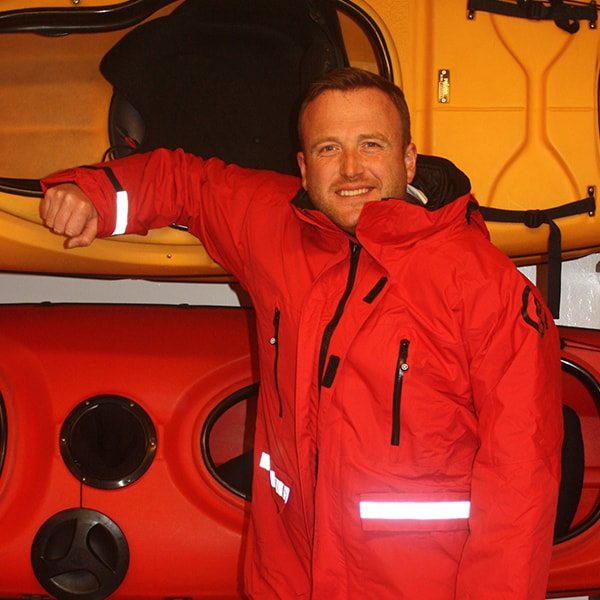Galapagos Islands
About
Justly regarded as the best wildlife experience on the planet, many of the archipelago’s resident species cannot be found anywhere else on Earth. The 15 main islands, 4 smaller islands and 107 rocks and islets lying on the equator 600 miles west of the South American mainland are owned by Ecuador.
Their incredible animal life, is the big draw, however they also include some of the most spectacular scenery you will experience anywhere.
Add to that the chance to see Ecuadors’ capital Quito, the ruins of Maccu Piccu and other South American highlights it’s no wonder the islands are becoming ever more popular.
Travel Guide
WHEN TO GO
All of the islands are different and depending on what species you want to see you will need to your plan trip well in advance as some species come and go with the seasons over the year.
December to May is when the seas are at their calmest and the temperature warmest whilst the animals are most active in the summer months.
If you prefer to visit the islands in the low season, the months of June and November have a fine mist known as ‘garua’ that descends almost constantly, keeping the vegetation on the islands lush and green.
WHAT TO SEE
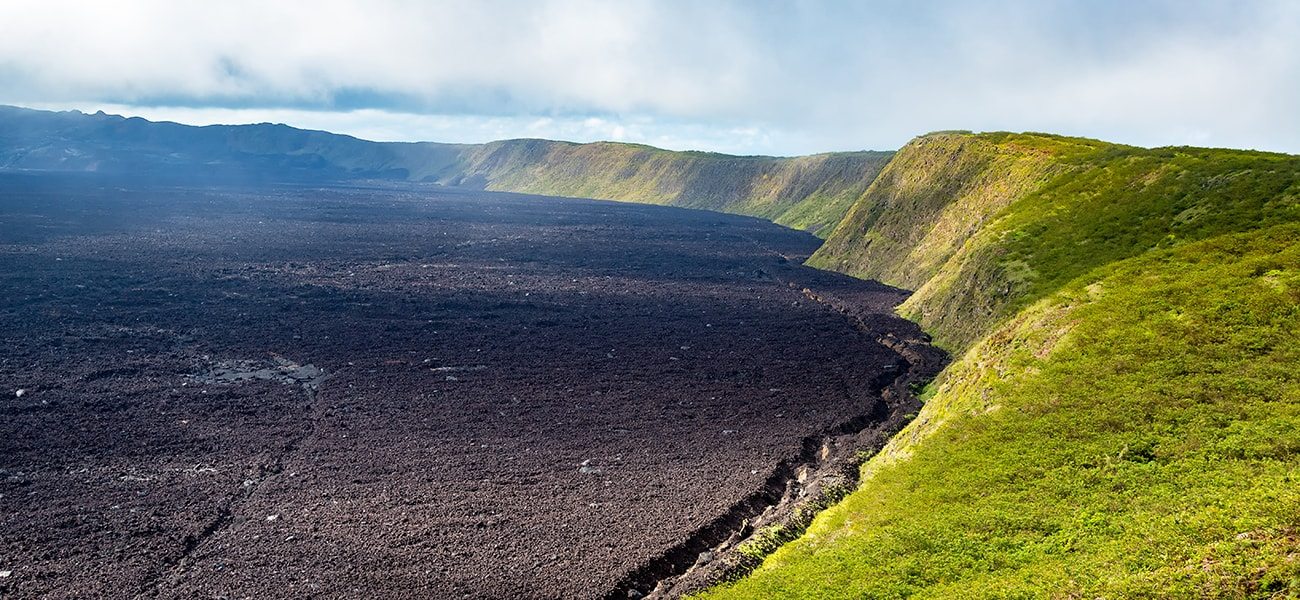 Isabela Island, Galapagos
Isabela Island, Galapagos
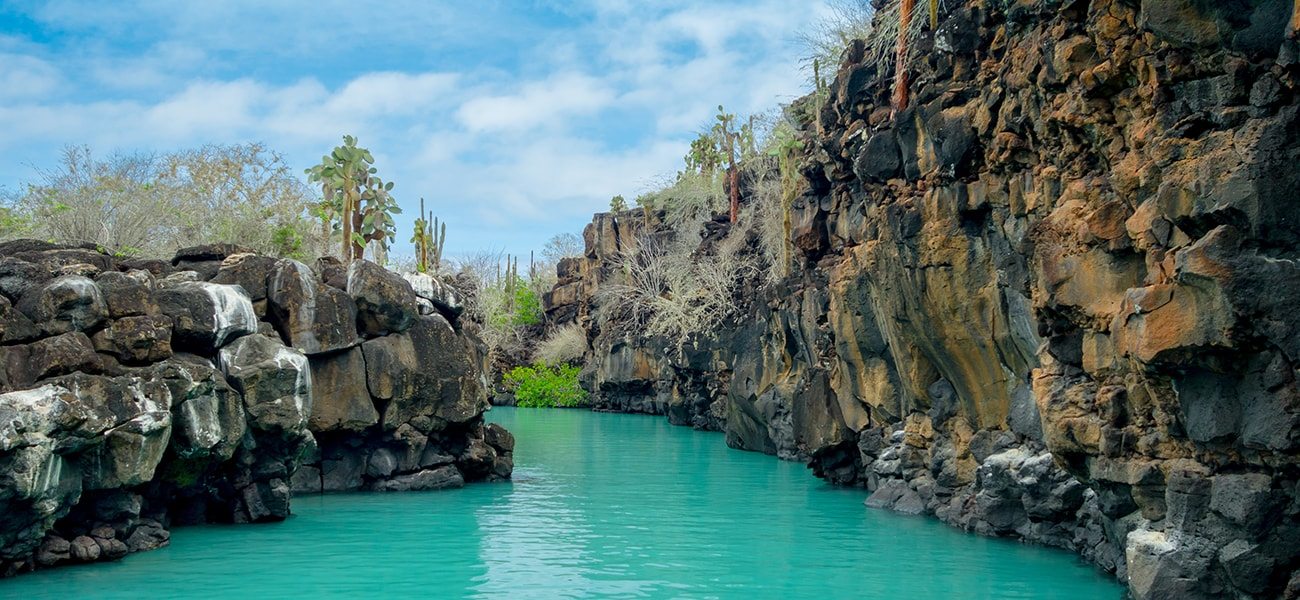 Santa Cruz, Galapagos
Santa Cruz, Galapagos
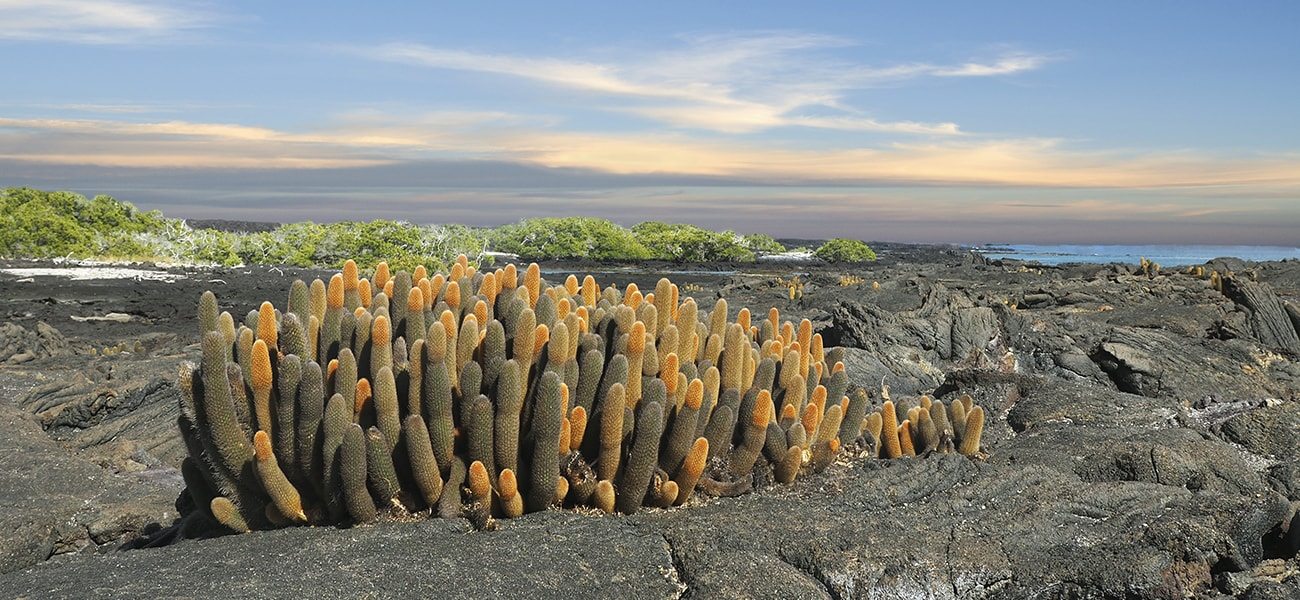 Fernandina Island, Galapagos
Fernandina Island, Galapagos
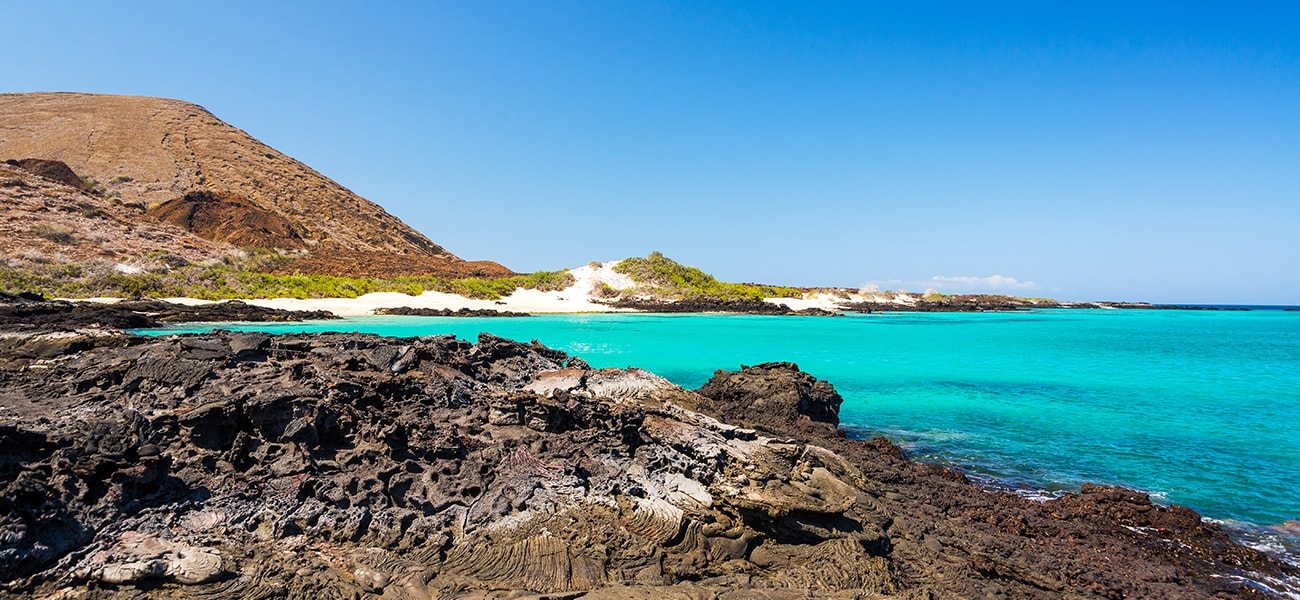 Santiago Island, Glapagos
Santiago Island, Glapagos
Isabela
The seahorse shaped Isabela is the largest Island in the group and also one of the youngest and is second only to Iceland as the most volcanically active island in the world.
In fact, most of the island is largely desolate lava piles with little vegetation or cultivable soil except on the high volcanic mountains, whose upper slopes receive heavy rains and are covered in dense vegetation.
Isabela is home to more species of wild tortoises than all the other islands and is known for its flamingos and hiking to the Sierra Negra Volcano.
Santa Cruz
The second largest island Santa Cruz is basically an extinct volcano rising out of the sea. The highlands offer stunning flora and are famous for their lava tunnel 2000 meters long. Black Turtle Cove is a site surrounded by mangroves, which sea turtles, rays and small sharks sometimes occasionally use as a mating area. The island is home to the Charles Darwin research centre, a must for any visit.
FERNADINA
Fernandina is the youngest of the islands and is still very active with constant volcanic activity. The cold waters also provide prime habitat for both Flightless Cormorants and Galapagos Penguins. It has a visitor site with a short walk around the small peninsula and a longer walk inland to the edge of a large lava flow where you can see the lava cactus.
Santiago
Why not search for octopus, starfish and Great Blue herons on Santiago, the island on which Darwin spent a lot of his time. Or you can snorkel with penguins or a playful family of sea lions.
From a geological viewpoint the island has uneroded, black lava flows covered with lava bubbles and tree-trunk molds in the surface. There are also two small beaches where turtles return from the sea for nesting.
Wildlife
GALAPAGOS WILDLIFE HIGHLIGHTS
Apart from the giant tortoises, there are land and sea iguanas of different colours and hosts of unusual birds, such as the Flightless Cormorant, penguins and the Blue Footed Booby.
Many species exist nowhere else on earth, whilst the lagoons around the shore teem with all kinds of marine life.
However, the Islands are one place where it definitely pays to do your planning before you go.
Some species are migratory so if, for example, you plan on visiting in low season (in December and January) you may not get the chance to see the beautiful Waved Albatross with its amazing courtship
ritual, as they leave during the month of December and return in March.
The giant tortoises, marine iguanas, penguins and Blue Footed Boobies all of which totally ignore you justly confirm the Islands’ reputation.


